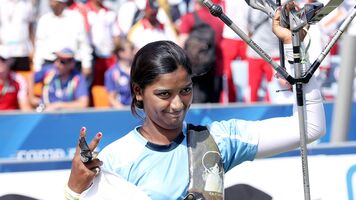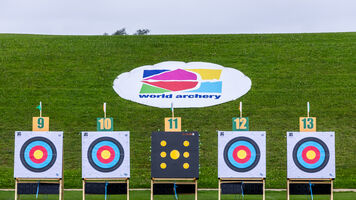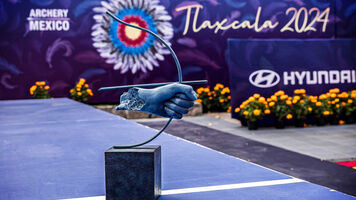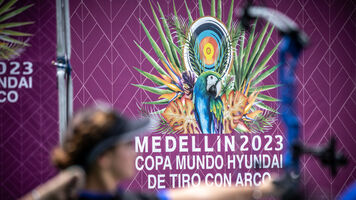10 things you don’t see on the live feed
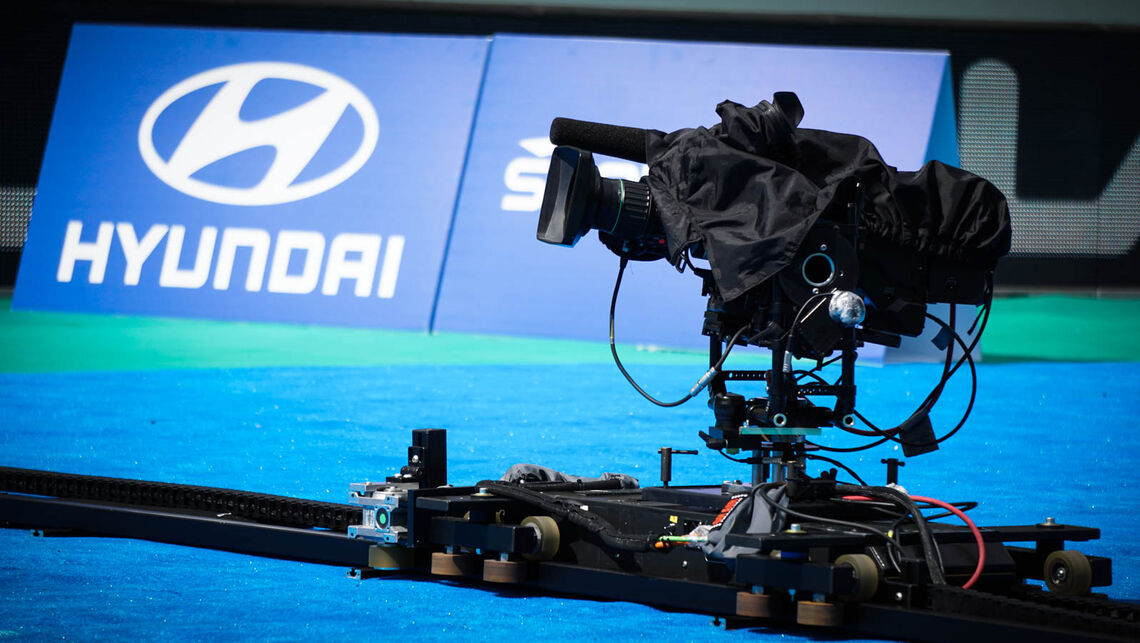
The international archery season has come to a close… well, outdoor season, at least. Many have you will have followed results, pictures, news items and footage on television or live streams – but there’s plenty more that goes on at each event.
Here’s a look at the Rome 2017 Hyundai Archery World Cup Final from outside the frame…
1. Construction
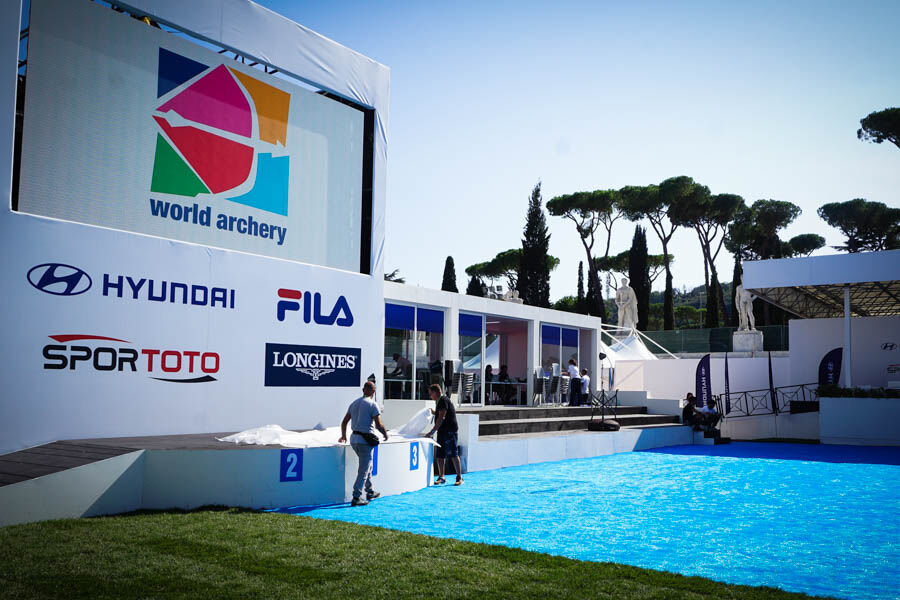
Preparation for the event begins days in advance and involves construction of the match arena, stands and media buildings. Some of the technical equipment travels to each location in the circuit, while much of the infrastructure is provided locally.
A team of over 100 contractors and 53 volunteers helped to set up the arena and stands in Rome.
2. Training
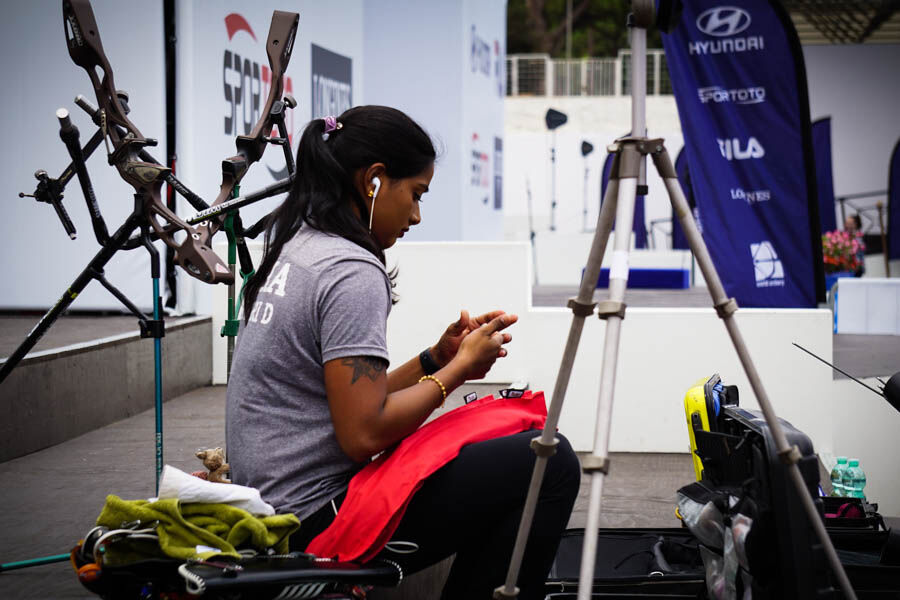
Archers prepare for days before the Hyundai Archery World Cup Final in a training area adjacent to the match field. The field has shelter, plenty of targets, seating and space for archers and coaches, and its own judges. Access is fairly restricted for visitors to allow the archers their own space.
Before the matches, they are also given the chance to shoot in the finals arena to get a feel for the venue, even practising their waves!
3. Media
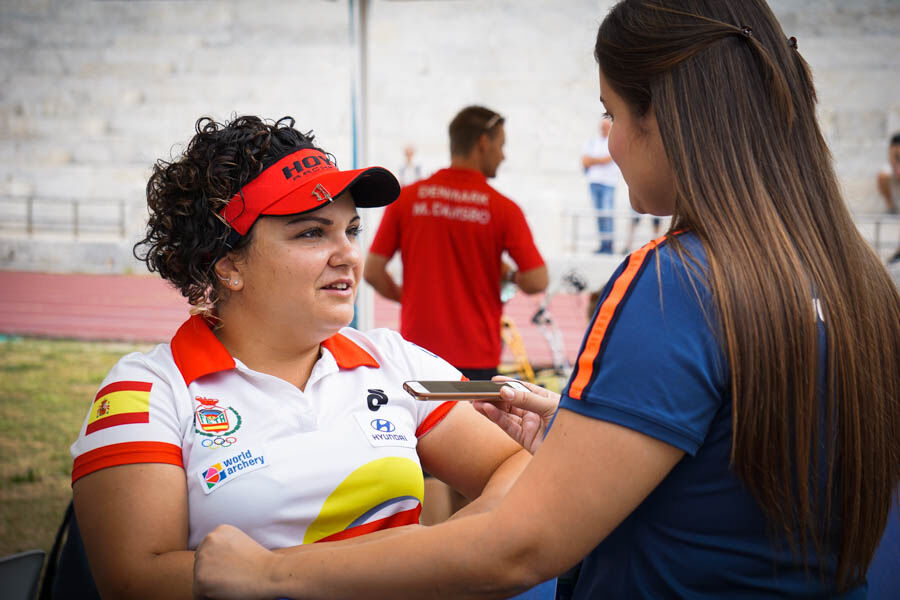
Interviews are undertaken both before and after matches. The communications team are multilingual and interview archers informally in their native language wherever possible – if not, sound files of the interview will be transcribed and translated by sources around the world.
Many archers also bring translators as part of their team. After the finals match, winners are now interviewed on the livestream.
4. Village
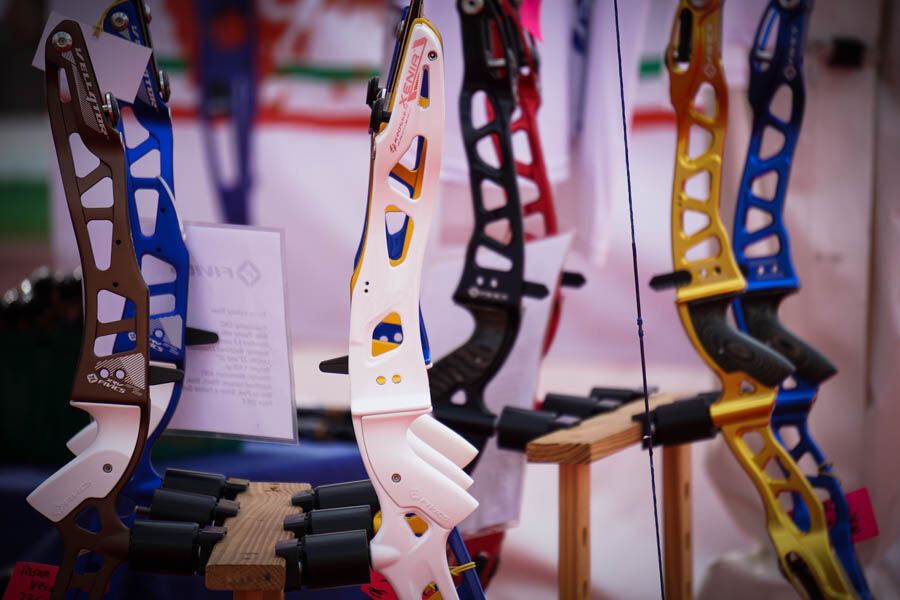
In front of the finals field there are trade stands selling merchandise, tents for the event sponsors, and games for archers and spectators.
Vendors bring in catering vans and serve up local produce during breaks, and competitors can be seen taking pictures with their fans after matches.
5. Crew
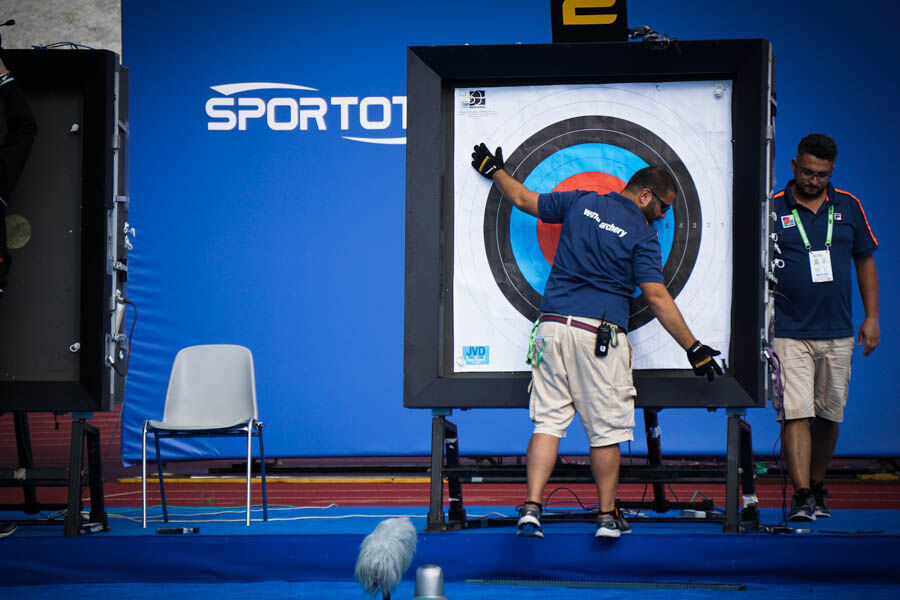
Between matches, the field is reset with new target faces. To score quickly during matches, the electronic Falco-eye plots arrow positions with two sets of laser scanners.
This means that the target faces need to be positioned as carefully as possible.
Once the arrow hits the target, the result can be seen immediately on the live feed. Spotters double check the measurement and will decide if any line-cutters need closer inspection.
6. Voices
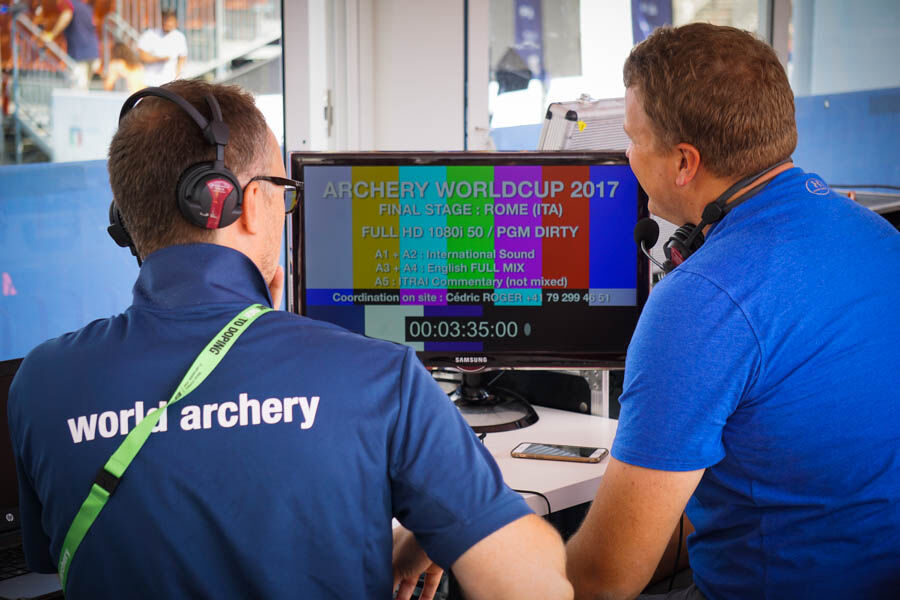
Commentary happens live from the technical area. Screens show the live feed as commentary is laid down in real time, and factsheets about each competitor are supplied for context.
7. Video
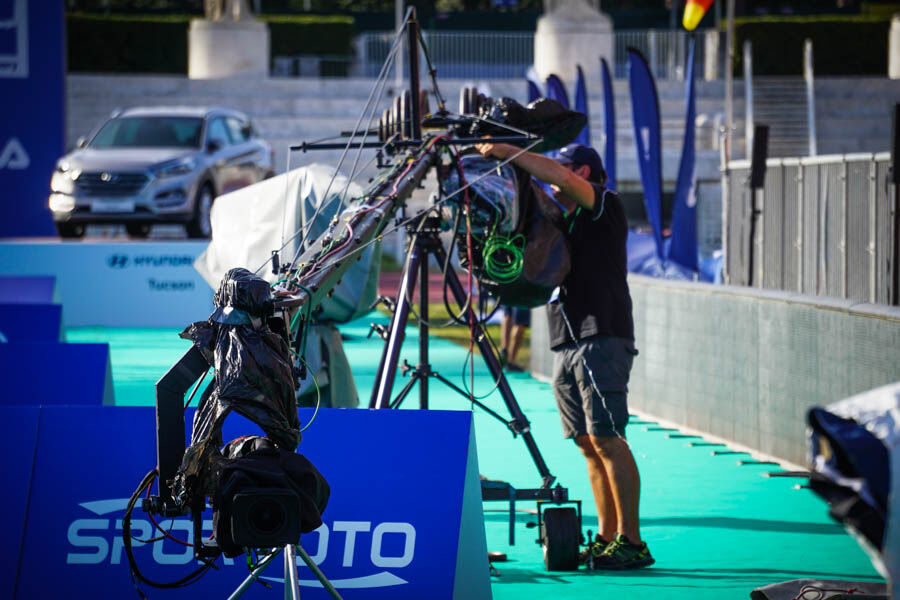
To produce a live, engaging feed of archery, multiple angles must be covered without interfering with the archers’ shot process. Three main cameras – one mounted on a long arm in front of the archers, one on automated tracks by the archer’s feet, and another behind the coach’s boxes – capture the action as it unfolds.
8. Entertainment
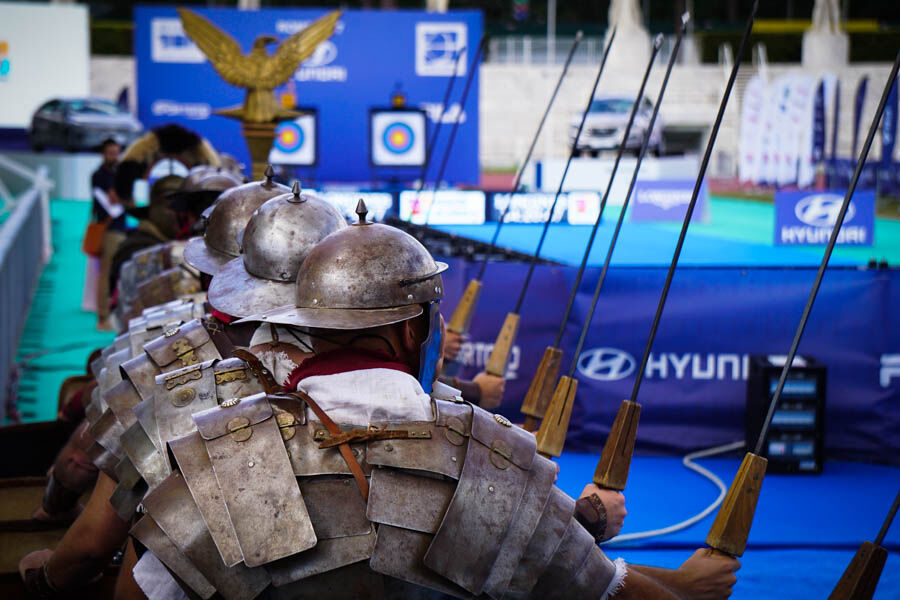
At the Hyundai Archery World Cup Final in Rome, the local legions took to the field of play to provide a little local flavour.
9. Stands
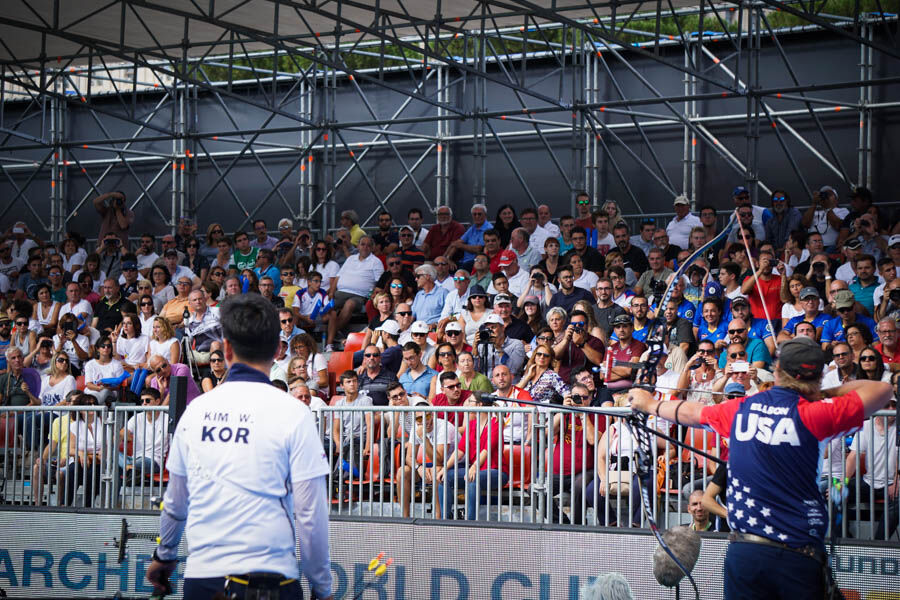
The stands for spectators get particularly busy when the local favourites or Olympic Champions step up. Archers must tune out this distraction – as must the commentators!
10. Lenses
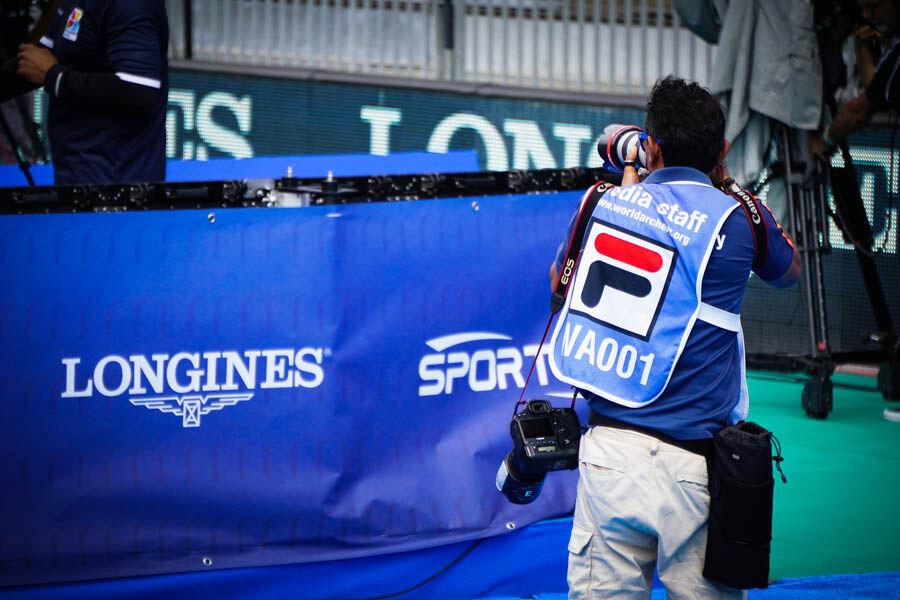
Photographers and reporters from numerous local, national and international outlets are given the chance to capture the action as it unfolds.
Photographers try to avoid the live cameras and capture new angles every end. Photos from each match are processed directly – and fast, considering how many times the shutter goes!
The 2017 Hyundai Archery World Cup Final took place on 2/3 September in Rome, Italy.


